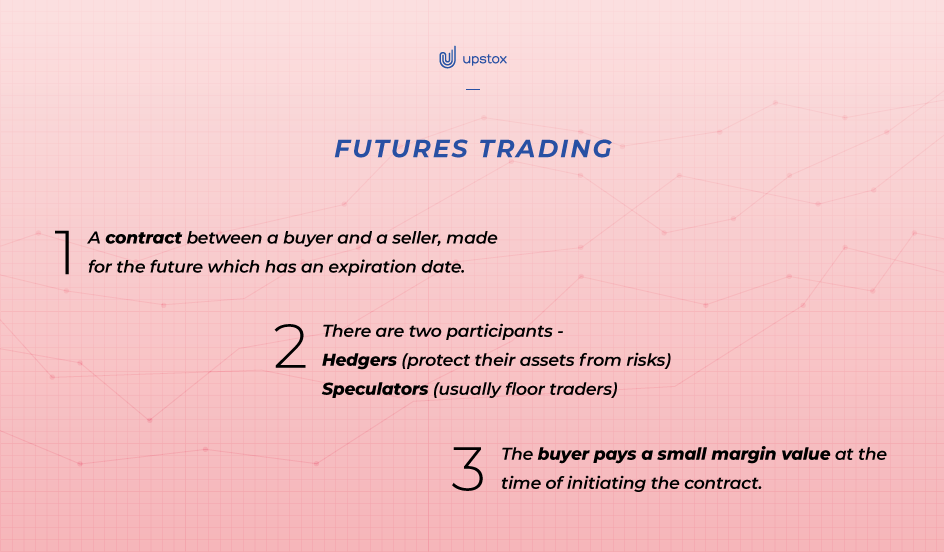Top Strategies for Take Profit Traders
Top Strategies for Take Profit Traders
Blog Article
Take-profit trading is an essential technique for several traders seeking to lock in gains while managing risks effectively. Nevertheless, even experienced traders often produce futures trading discount that may influence their returns. By becoming aware of those popular pitfalls, you can improve your methods and produce take-profit trading perform to your advantage. Here's a breakdown of the very most regular problems to look out for and how to prevent them.
1. Placing Improbable Profit Objectives
A substantial error traders produce is setting gain goals which can be overly ambitious. While the goal of take-profit trading is to maximise gets, unrealistic objectives often result in missed opportunities. For example, as opposed to looking for a reunite that's unlikely within current market situations, traders must analyze famous price activities, traits, and sensible income margins.
To correct this, arrange your gain targets with industry volatility and traditional weight levels. Trying for possible objectives minimizes frustration and advances the possibility of regularly locking in profits.

2. Ignoring Market Tendencies
Trading against industry tendency is a menu for failures, even though take-profit levels are involved. Some traders set rigid profit targets without sales for the entire direction of the market. That usually results in premature exits or overlooked opportunities to capitalize on substantial price movements.
Ensure that the take-profit strategies align with prevailing trends. Using resources like going averages or trendlines can help identify the broader market way, ensuring you leave trades at maximum levels.
3. Failing woefully to Adjust for Industry Conditions
The markets are vibrant and constantly changing. Sustaining a fixed take-profit technique, no matter recent problems, raises the danger of inefficiency. Many traders stay to their original plans even if new data or improvements in economic situations suggest otherwise.
To handle that, undertake a variable approach. Check critical facets like industry news, volatility, and macroeconomic indicators. Alter take-profit levels as new information emerges to make sure they keep relevant.
4. Overlooking Risk-Reward Ratios
A standard error lies in ignoring the risk-reward relation of trades. Some traders set limited take-profit levels that do not sound right given the total amount at risk. As an example, endangering $100 to get $50 undermines effective trading principles.
To avoid this mistake, aim for a risk-reward ratio of at least 1:2. This implies the possible income must be at the least dual the total amount you are willing to risk. Subsequent that concept advances the odds of long-term profitability.
:max_bytes(150000):strip_icc()/Futures_final-1113dde1485f4dc9ab4a8c0efc427700.png)
5. Psychological Trading
One of the very detrimental problems in take-profit trading is allowing emotions shape decisions. Concern and greed often lead to adjusting take-profit levels impulsively, which reduces odds of staying with a sound strategy.
Beat that by depending on stable examination and sticking to predefined rules. Using automatic trading methods may also help get rid of the impact of feelings by executing trades centered on predetermined criteria.
Preventing these popular problems requires discipline, continuing analysis, and a readiness to adapt. By carefully controlling your take-profit methods, you are able to enhance your trading accomplishment and reduce unwanted losses. Report this page